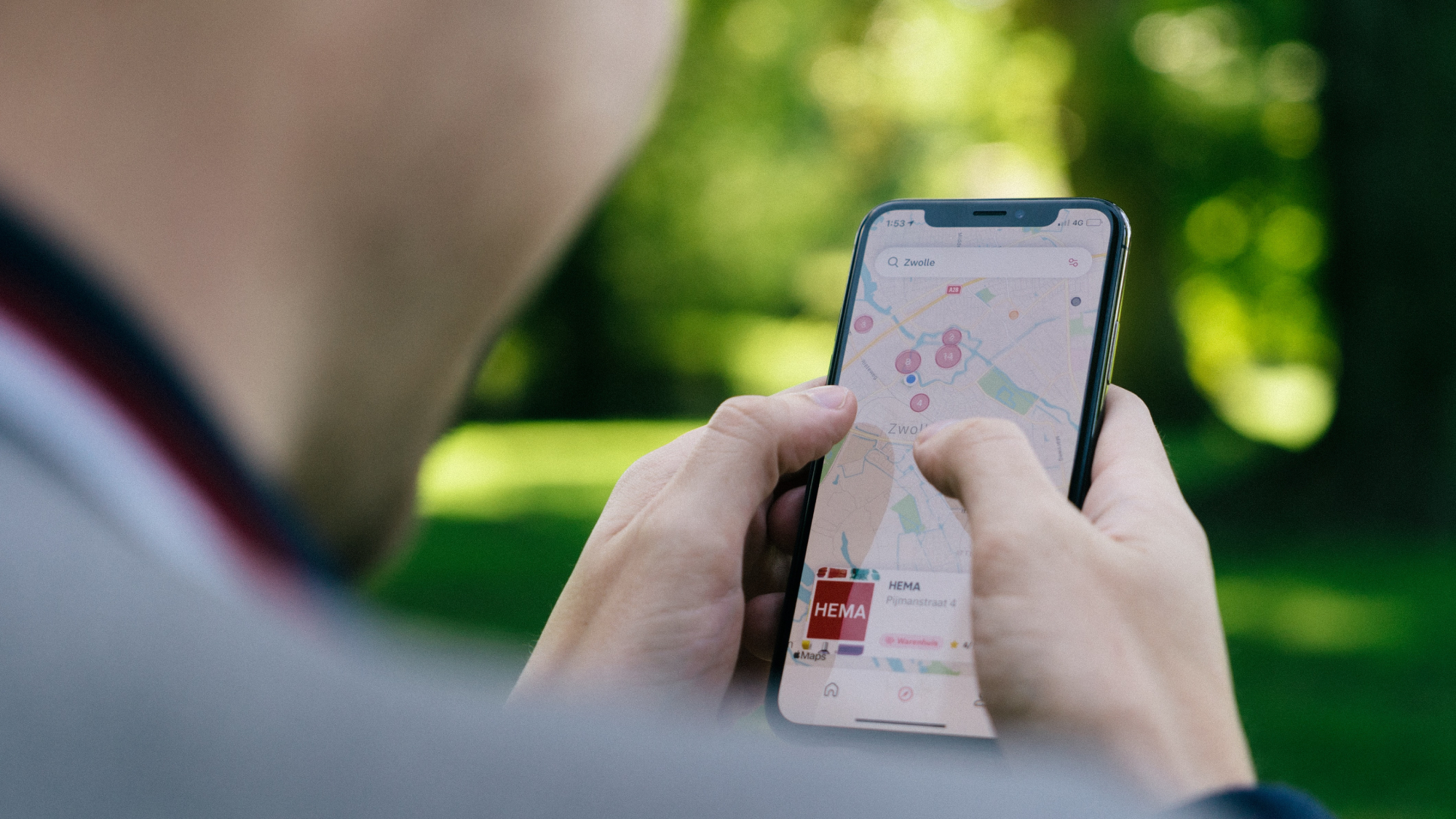

Apple Maps was, to put it lightly, a disaster at launch. A decade later, though, it’s surprisingly good: the app now has much better map data and can do all kinds of tricks. Even better: iOS 17 is adding offline maps, which until now was one of the biggest roadblocks preventing some people from switching.
The problem, if you’re a longtime Google Maps user, is all of the places you’ve saved in Google Maps over the years. These pinned locations come in handy, and switching to another map program often means starting over. Jumping from Google to Apple Maps would be a lot easier if there were a way to grab all your pinned places and take them with you. There is, it turns out, but it’s not exactly straightforward. The process will technically work on an iPhone or iPad, but I recommend you do it on a Mac, if possible.
Export your Google Maps data
To get started, you’ll need to export your saved locations from Google Maps, which you can do at takeout.google.com. First click the Deselect all button at the top—we’re only interested in Google Maps data today. Next, scroll down until you find the Maps (your places) option. Check the box next to this entry, then click OK.

Scroll to the bottom of the page and click Next step, then choose Export once and proceed with the export. You can leave the tab open and download when ready or you can close the tab and wait for an email (though the process shouldn’t take long—I had my download within a couple of minutes.)
The download will arrive in the form of a ZIP file, which you can unarchive on your Mac by clicking it. Now it’s time for the import.
Import to Apple Maps

Apple doesn’t have a dedicated feature for importing Google Maps data, which is a shame. The good news is that you can use Apple Shortcuts instead. There’s a thread on Reddit where people discuss a few different custom-built shortcuts for the job. You’ll find a few options there, but the one I found easiest to get working is called Tweaks to Apple Map Transfer. Download the shortcut by opening that link, clicking Get Shortcut, then clicking Add Shortcut in the window that appears.
Now open the files you downloaded from Google and find the Saved Places.json file. Right-click it, then click Share, followed by Shortcuts. You will see the shortcut you just installed as an option.

Click that shortcut, then hit the Done button. You will be asked for a starting point, which is a little confusing—just say 1 to start with (this will make sense later).
[Related: How to fix errors on Google and Apple Maps]
A text box will open showing you the number of the first item you’re seeing. Close that and another box will appear containing the name of the item. Close that, and the item in question will open in Apple Maps, allowing you to save it to your favorite places in Apple Maps (or to a custom list, if you prefer).

That’s right: you’ll have to manually save each object. This is a bit of a bummer—it’s time consuming!—but it also gives you a chance to organize things just the way you want to. You could, for example, create separate “Guides” for different kinds of pins—I, for example, put all of my pinned trailheads into a dedicated “Hikes” guide. I’m sure you can think of other ways to use this.
As you’re working on this, the window for the next item will load in the background—it will just say a number. Close the window and another window will open, showing you the name of the next location. From here you can repeat the process until all your pinned Google Maps locations are sitting pretty in Apple Maps.
The shortcut isn’t perfect—some locations will cause it to crash. This is where the Starting point option we talked about earlier is helpful: just restart the shortcut and enter the item number you’d like to skip to. Instead of entering “1”, plug in the number of the item you planned to import before the crash. It’s annoying, sure, but at least there’s a fallback.
This process obviously isn’t perfect, but it’s better than nothing. Hopefully Apple, at some point, adds an official method.
